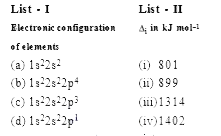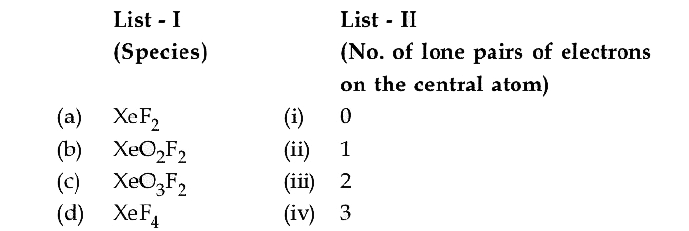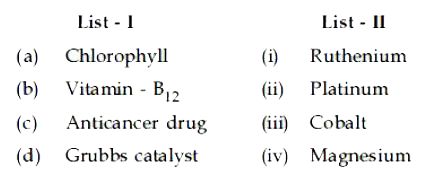Given below are two statements:
Statement I : Photovoltaic devices can convert optical radiation into electricity.
Statement II : Zener diode is designed to operate under reverse bias is breakdown region.
In the light of the above statements, choose the most appropriate answer from the options given below:
Both Statement I and Statement II are incorrect.
Statement I is correct but Statement II is incorrect.
Statement I is incorrect but Statement II is correct.
Both Statement I and Statement II are correct.
To solve the question, we need to analyze the two statements provided:
Statement I: Photovoltaic devices can convert optical radiation into electricity.
Statement II: Zener diode is designed to operate under reverse bias in the breakdown region.
1. Analyze Statement I:
- Photovoltaic devices, commonly known as solar cells, are specifically designed to convert optical radiation (light) into electricity.
- This process occurs through the photovoltaic effect, where photons from light excite electrons in the semiconductor material of the solar cell, generating an electric current.
- Conclusion: Statement I is True.
2. Analyze Statement II:
- A Zener diode is a type of diode that is designed to allow current to flow in the reverse direction when a specific reverse voltage (known as the Zener breakdown voltage) is reached.
- This characteristic makes Zener diodes useful for voltage regulation and protection circuits.
- Conclusion: Statement II is True.
3. Final Conclusion:
- Both statements are true. Therefore, the most appropriate answer is that both statements are correct.
Final Answer:
Both Statement I and Statement II are true.
---
- Photovoltaic devices, commonly known as solar cells, are specifically designed to convert optical radiation (light) into electricity.
- This process occurs through the photovoltaic effect, where photons from light excite electrons in the semiconductor material of the solar cell, generating an electric current.
- Conclusion: Statement I is True.
- A Zener diode is a type of diode that is designed to allow current to flow in the reverse direction when a specific reverse voltage (known as the Zener breakdown voltage) is reached.
- This characteristic makes Zener diodes useful for voltage regulation and protection circuits.
- Conclusion: Statement II is True.
- Both statements are true. Therefore, the most appropriate answer is that both statements are correct.
Both Statement I and Statement II are true.
Topper's Solved these Questions
Similar Questions
Knowledge Check
Match List - I with List- II

Choose the most appropriate answer from the options given below -A(a)→(ii),(b)→(iii),(c)→(iv),(d)→(i)B(a)→(i),(b)→(iv),(c)→(iii),(d)→(ii)C(a)→(i),(b)→(iii),(c)→(iv),(d)→(ii)D(a)→(iv),(b)→(i),(c)→(ii),(d)→(iii)
Match list - I with List - II :

Choose the most appropriate answer from the options given below :
View SolutionMatch List - I with List -II

Choose the most appropriate answer from the options given below :
View SolutionMatch List -I with List-II :

Choose the most appropriate answer from the option given below:
View SolutionMatch List-I with List-II :

Choose the most appropriate answer from the options given below :
View SolutionMatch List-I with List-II :

Choose the most appropriate answer from the options given below :
View SolutionMatch List - I with List - II

Choose the most appropriate answer from the options given below :
View SolutionMatch List - I with List - II.

Choose the most appropriate answer from the options given below :
View Solution


